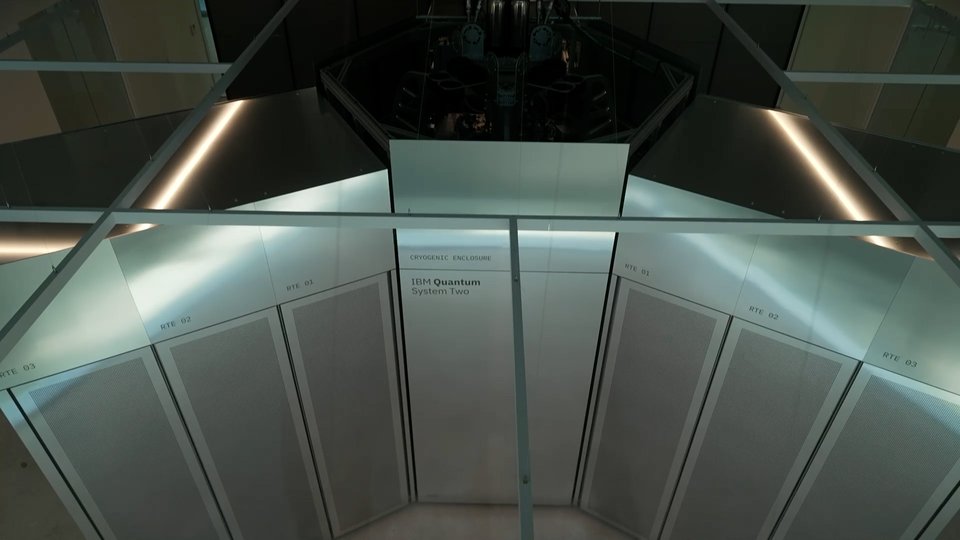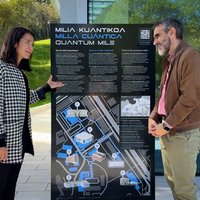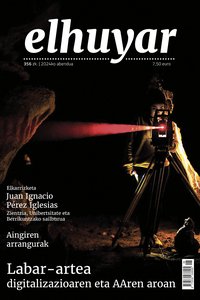The Pyrenees, laboratory of the universe
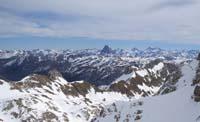
In the village of Canfranc, in the heart of the Pyrenees, there is an old tunnel that used to be used to pass the trains. Above it is Mount El Tobazo, a rocky piece of almost 900 meters high, and next to the tunnel, 750 meters from the entrance, there are two small galleries. II. They were created in the World War, and at that time they were filled with dynamites to make enemies explode the tunnel.
They did not have to blow up the dynamite and at the end of the war the galleries were emptied. Until 1985, they remained pure. At that time, the Group of Nuclear Physics and Great Energies of the University of Zaragoza was looking for a place to carry out special research and met the galeros, where it decided to settle.
The galleries became laboratories and have subsequently been expanded. At first they had an installation of 105 square meters, and now they have about 1,000 square meters because they have built another next to these two galleries. And it is that, as the experiments are carried out, they have seen that it is a very appropriate place and that it is used by different international groups.
Looking at the particles of the universe
The physics of astroparticles is the one studied by this group of the University of Zaragoza. A member of the group, José Ángel Villar, explained, in a nutshell, what research in the underground consists of: they explore phenomena that have very little chance of happening in the universe.
These phenomena are scarce but are due to very numerous components such as neutrinos and dark matter. Neutrinos are elementary particles without electric charge, that is, that at least we know that they are not formed by simpler particles. They are emitted by radioactive elements in disintegration, such as reactions in star nuclei, supernovae, nuclear power plants and particle accelerators. According to some calculations, the Earth receives a flow of neutrinos of ten billion square centimeters per second.
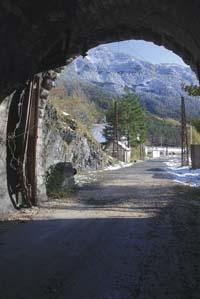
Experts consider that dark matter occupies 24% of the universe. Considering that all the components of space we know (stars, planets, galaxies, black holes, etc.) not even 5%, we can say yes, dark matter is also very abundant.
We would have to say that it would be right, or not. Most theories and hypotheses proposed to explain the dynamics of galaxies and the universe in general consider it essential that there is much more matter than they see. But they have never seen it or measured it. That is why it is called dark matter.
Despite its abundance, both neutrinos and dark matter, it is very difficult for experts who practice analyzing each other, testing the hypotheses they want to test and making the measurements they want to make. The reason is that both have very little interaction with the matter we know and with the instruments we use to make the measurements.
For example, they have not yet found that dark matter has electrical charge, or magnetism, or interaction with light or radiation. As for neutrinos, the interaction is very small, because electrically they are neutral and barely have mass. Thus, the vast majority of the millions of neutrinos that reach Earth every second cross the Earth from one side to the other, without any interaction with the particles that form it. Only occasionally does an interaction occur.
These few interactions are also extremely weak. As Villar told us, "in normal conditions it would be impossible to detect this interaction, since cosmic radiation is found throughout space everywhere and that radiation completely covers these interactions." Like many neutrinos, cosmic radiation is formed by particles emitted in a series of reactions in space, which are charged and have a much more intense interaction with matter. That is why they cover the particles they study in Canfrance.
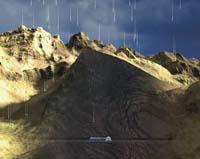
Underground, protected
If cosmic radiation covers the interactions that dark and neutral matter can have, and the goal is to investigate these interactions, scientists have only one solution: to protect themselves from the influence of cosmic radiation. As cosmic radiation comes from space, the best way to protect it is to penetrate it into the subsoil.
It is a way to isolate particles with less interaction capacity. The more earth passes through, the more energy the particles that form cosmic radiation in interactions will lose. Canfrance tunnel laboratories are almost 900 meters from the surface, so they are very appropriate. According to Villar, the main characteristic they pursue in these tunnels is that "as for radiation, the environment where the studies are conducted is as clean as possible."
In addition to its location, the geology of the mountain on which the tunnel sits contributes to the formation of the protective screen. As Villar explained, "if the medium were granitic it would be useless to experiment, since granite emits a lot of radiation. In Canfrance limestone predominates with a very low degree of radiation."
Looking for the mass of neutrinos
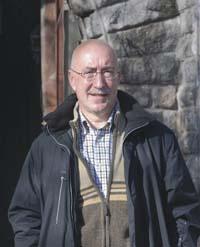
All this protection is necessary to know the properties of neutrinos. Neutrinos were discovered in the late 1950s, but scientists still know very little about them.
"For example, in a laboratory like that of Canfrance they discovered very recently that neutrinos have mass," Villar explained. Now they want to know how much that mass is. And in Canfrance, among other things.
Some calculations indicate that the mass of electrons is 200,000 times lower than that of neutrinos, and the mass of electrons is 1,800 times lower than that of protons. And a proton has a quadrillion and a half of a gram, that is, 1.5 x 10 -24 grams.
"We want to see the mass of neutrinos as small as they propose," Villar said. "For this, we should observe a process called double beta decay, which occurs every ten quadrillions a year (a figure with twenty-five zeros behind number one)."
To detect this process they create an environment with an even greater degree of isolation. "We introduced the detectors into blocks of lead sticks to isolate more of the radiation from the medium. In fact, in case of double beta decay, the interactions that will occur will be very weak.

When people visit the lab, jokes are told to these detectors that they call chapels. "In short, it is a chapel, because you have to be a true faith to look for something so unlikely to happen! Villar laughs.
Dark matter, right?
On the other hand, as for dark matter, we are working with an option that can be true. Villar explained what: "Our galaxy may be surrounded by dark matter and there may be several halos of dark matter. In this situation it can happen that in the rotation of the Earth around the Sun and in the movement of the Sun over the galaxy, sometimes it turns in favor of that halo of dark matter and others moves against them, so sometimes there is a greater interaction with that supposed dark matter than others. It is called modulation for years."
Several groups around the world are looking for this supposed modulation. As Villar told us, "two years ago a group of Italian scientists said they detected it. Since then, an American group tries to obtain the results obtained by the Italians, but they do not get it. What happens is that we are working with other technologies and detectors of another type, so it is possible that this modulation is not perceived.
We have the same technologies and tools as the Italians and have commissioned an equivalent experiment to see if we can reach the same consequences as the Italians."
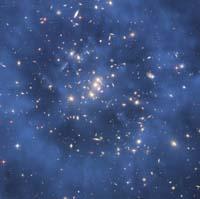
Villar explained how they would recognize interactions if they ever occurred, of course: "We try that particles, whether neutral or particles of dark matter, collide with the cores of the detectors and a certain reaction occurs in that shock. The reaction can be light emission, heat release or any other phenomenon that can be measured by our interaction."
In short, they could deduce that the object of study particle has been in interaction with the detector. And, therefore, they could confirm the existence of that particle or use this information to clarify the properties of the particle. As Villar said, "the mechanism is very simple, but that is very difficult."
During the twenty years of work they have not found conclusive conclusions. However, they believe that they are on the right track and will continue to seek to know the space to a greater extent.
Buletina
Bidali zure helbide elektronikoa eta jaso asteroko buletina zure sarrera-ontzian



